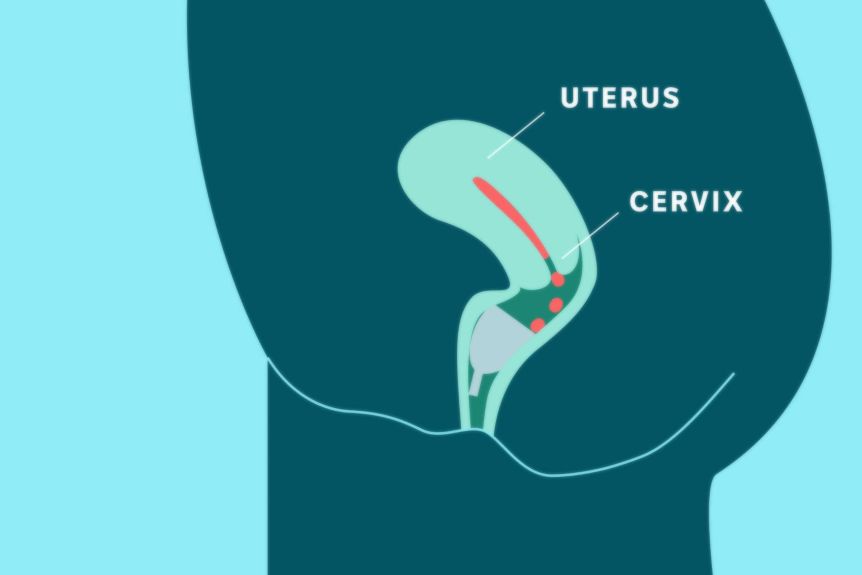 |
| Previous Image | Next Image |
| Description: Menstrual cups have actually been around since the 1930s, but America was slow to catch on. The first menstrual cup for U.S. use was manufactured in 1987. Since then, there have been several others produced, manufactured from different substances ranging from rubber to silicone. The small, flexible cup is made of silicone or latex rubber. Instead of absorbing your flow, like a tampon or pad, it catches and collects it. Just before your period begins, tightly fold the menstrual cup and insert it like a tampon without an applicator. Used correctly, you shouldn’t feel it. It’s similar to putting a diaphragm or birth control ring in place. Your cup will spring open (you may need to rotate it first) and rest against the walls of your vagina. It forms a seal to prevent leaks. The blood then simply drips into the cup. Pros 1. It’s eco- and wallet-friendly. A reusable cup that costs $30 to $40 can last up to 10 years. That means less waste in landfills and less money over time. These benefits don’t apply to disposable brands though. 2. You can leave it in for 12 hours. Tampons need to be changed every 4 to 8 hours, depending on your flow. But cups can stay in longer, so they’re good for overnight protection. And once you get the hang of inserting it, there’s no need to wear a backup pad or liner. 3. It holds more. A menstrual cup can hold 1 ounce of liquid, roughly twice the amount of a super-absorbent tampon or pad. The difference can be a comfort on your heavy flow days. 4. You can have mess-free sex. Most silicone and rubber menstrual cups must be removed before sex. But the soft, disposable ones are designed with sex in mind. 5. There’s less odor. Menstrual blood can start to smell when it’s exposed to air. But your cup forms an airtight seal. Cons 1. It can be tough to find the right fit. Cups come in different sizes depending on your age, flow, and whether you’ve had a child. Still, finding the perfect fit can be a challenge, more so if you have a tilted uterus or low cervix. 2. Removal can get messy -- or embarrassing. Even if you find it easy to insert the cup, removing it can be tricky. 3. It could interfere with an IUD. Some manufacturers don’t recommend using a menstrual cup if you have an intrauterine device (IUD) inserted, as there’s a chance the cup could pull on the string or dislodge it. But a 2012 study found no evidence of this. Still, it’s a good idea to talk to your doctor before combining the two. Picture Stats: Views: 311 Filesize: 20.87kB Height: 575 Width: 862 Source: https://biology-forums.com/index.php?action=gallery;sa=view;id=41523 |
